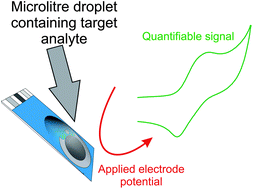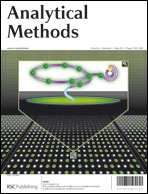Platinum screen printed electrodes for the electroanalytical sensing of hydrazine and hydrogen peroxide†
Abstract
We report the fabrication of platinum screen printed electrodes which are electrochemically characterised and evaluated as to their potential analytical application towards the sensing of


 Please wait while we load your content...
Please wait while we load your content...